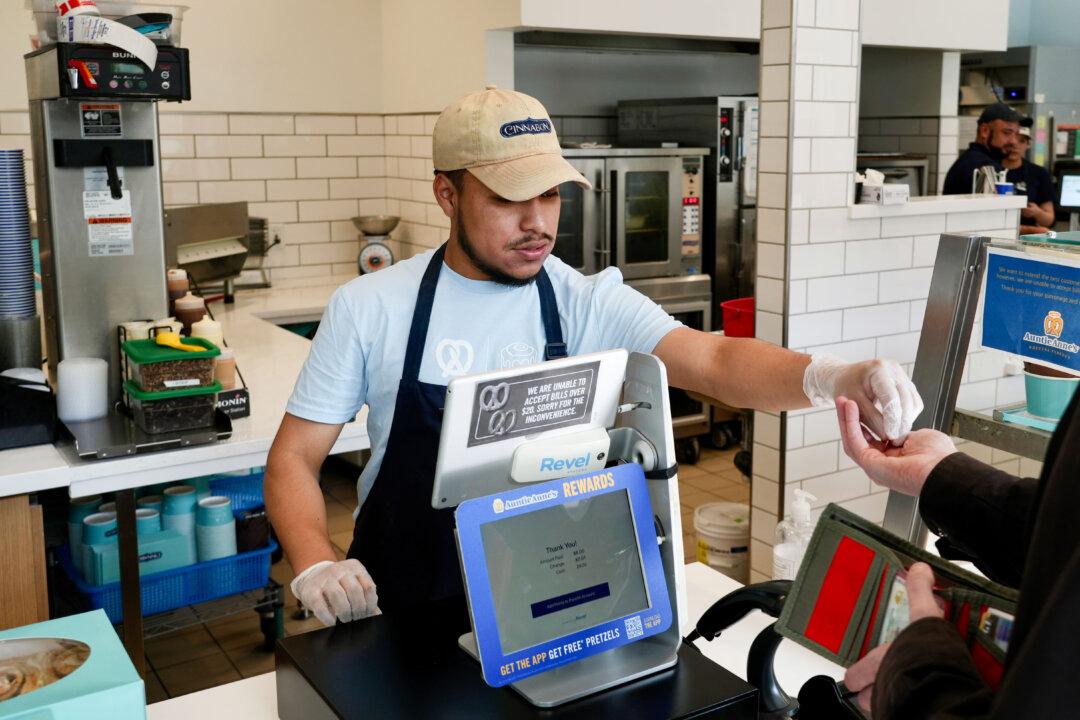Late last week at the international Jackson Hole Symposium, where U.S. Federal Reserve members and global central bank leaders meet annually, Fed Chair Jerome Powell discussed a cut of interest rates by late September. While no one knows yet how large that cut would be, it fueled speculation that a subsequent cut in mortgage interest rates could soon follow.
But the question for many remains: How low does the current 6.6 percent 30-year rate have to go before buyers re-engage the housing market? The answer, not surprisingly, is complicated.





